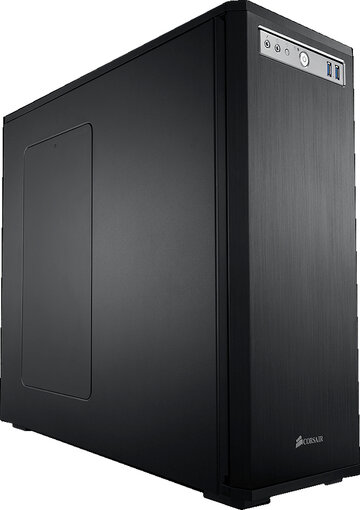Many of you probably don't care.
But the Apple Macintosh personal computer was introduced on January 24, 1984.

 www.macrumors.com
www.macrumors.com
Any product that can last for 36 years and still remain successful is a huge achievement.
Consider the fate of IBM's PCs: They sold the business to Lenovo in 2005. Today, over 290,000 Apple devices are being used by IBM employees. The program to allow workers to select Macs, iPhones, iPads went into effect in 2015.
But the Apple Macintosh personal computer was introduced on January 24, 1984.

36 Years Ago Today, Steve Jobs Unveiled the First Macintosh
On January 24, 1984, former Apple CEO Steve Jobs introduced the first Macintosh at Apple's annual shareholder's meeting in Cupertino, California, debuting the new computer equipped with a 9-inch black and white display, an 8MHz Motorola 68000 processor, 128KB of RAM, a 3.5-inch floppy drive, and...
Any product that can last for 36 years and still remain successful is a huge achievement.
Consider the fate of IBM's PCs: They sold the business to Lenovo in 2005. Today, over 290,000 Apple devices are being used by IBM employees. The program to allow workers to select Macs, iPhones, iPads went into effect in 2015.


 ..
..







